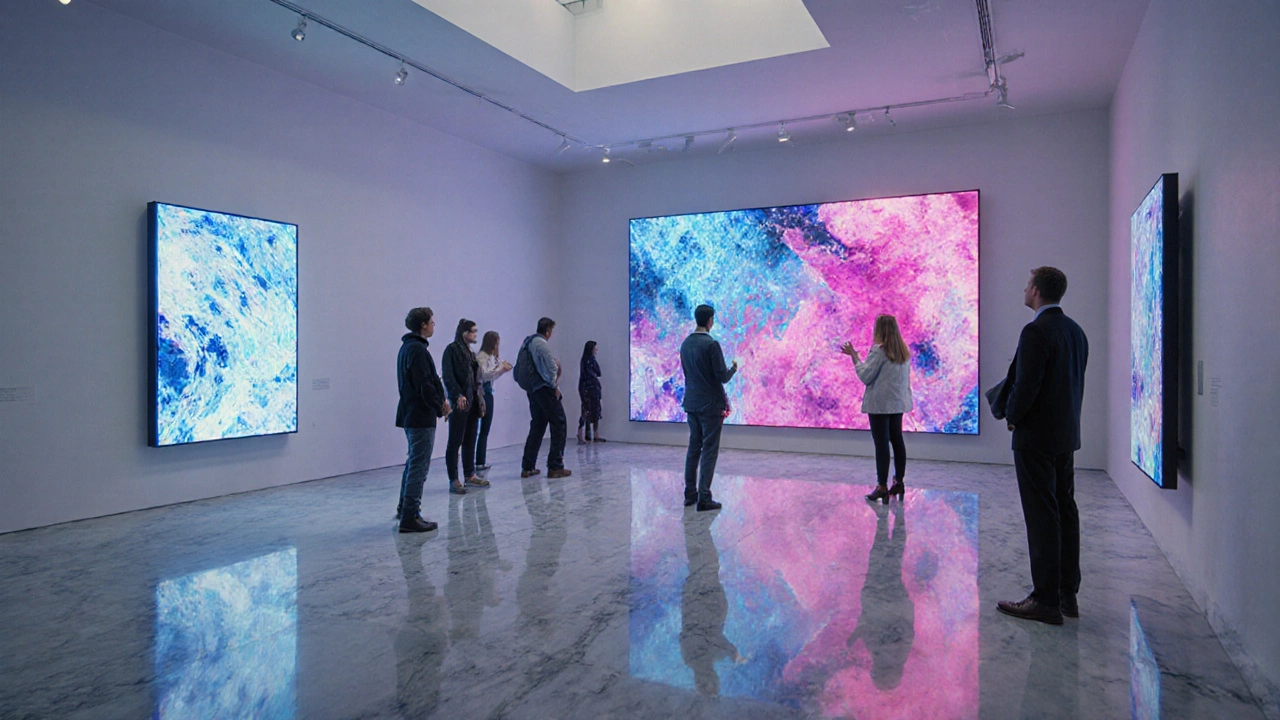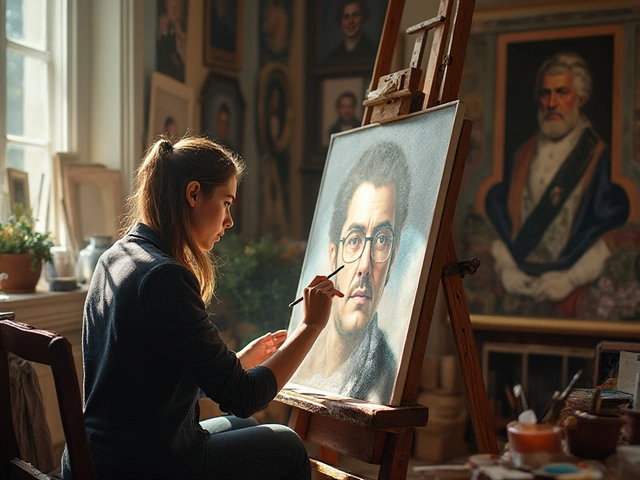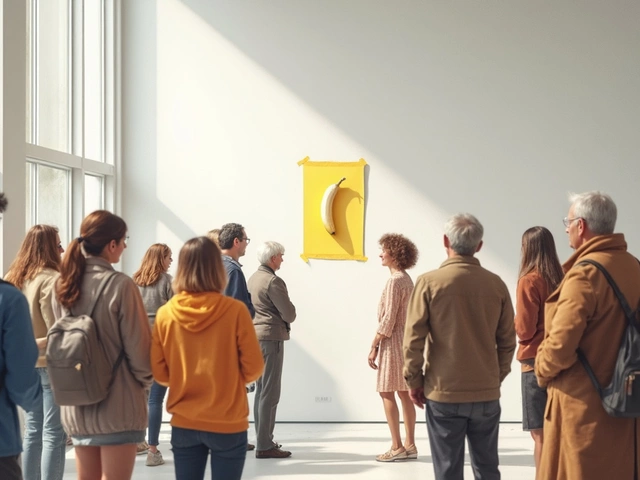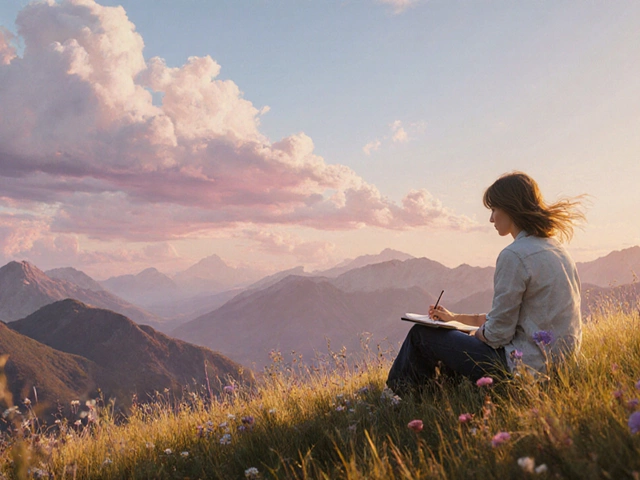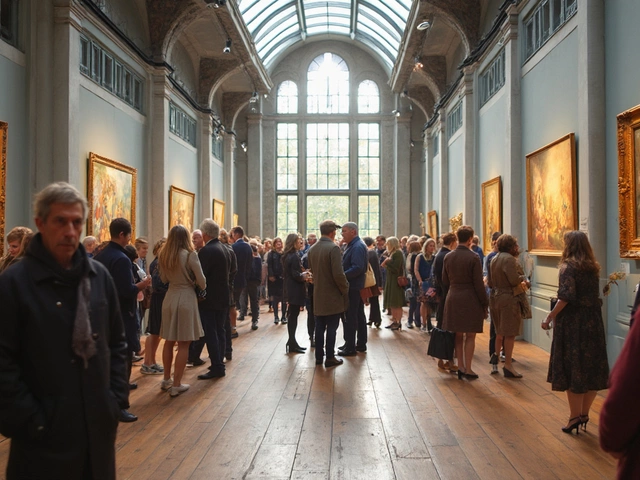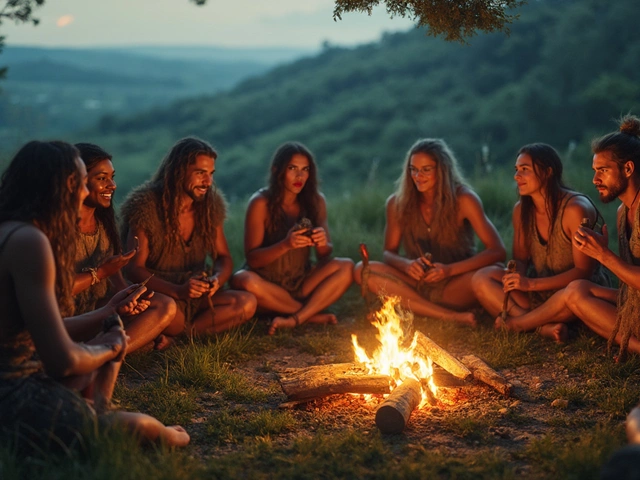Contemporary Art Trends: What's Shaping Today's Art Scene
When talking about contemporary art trends, the evolving styles, subjects, and technologies that define today’s visual art scene. Also known as current art movements, it reflects how artists respond to culture, tech, and the environment. modern art, art created roughly between the 1860s and 1970s that broke away from traditional representation laid the groundwork, while abstract art, non‑representational work that focuses on color, form, and gesture continues to push visual boundaries. Together they form a web of influence that drives the fresh ideas you’ll see below.
Modern art isn’t a relic; it’s the launchpad for today’s experiments. Artists borrow the daring spirit of cubism, surrealism, and pop art, then remix those vocabularies with new media. For example, the fragmented perspectives of early 20th‑century cubists appear in digital collages that use glitch aesthetics. This blend shows the semantic triple: modern art provides historical techniques, contemporary art trends reinterpret them, and digital tools enable the transformation.
Abstract art’s legacy lives on in many contemporary practices. Movements like Abstract Expressionism taught artists to let emotion guide brushstrokes, a principle that now fuels large‑scale installations and immersive sound‑visual experiences. When you see a wall‑sized pigment splash or a kinetic light field, you’re witnessing the same impulse—pure form over narrative—reimagined for a tech‑savvy audience. This connection also creates a triple: abstract art influences contemporary installations, installations require spatial design, and spatial design shapes viewer perception.
Digital art has become a cornerstone of today’s trends. From NFTs to AI‑generated pieces, creators are exploring revenue models and visual languages that didn’t exist a decade ago. The rise of high‑earning digital artists like Beeple illustrates how market forces and blockchain tech intersect, making digital art both a cultural and economic force. Here we see another triple: digital art drives new market structures, market structures affect artist income, and artist income fuels further digital experimentation.
Landscape painting, once dominated by Romantic vistas, now embraces ecological themes and mixed media. Contemporary artists might layer satellite imagery with hand‑drawn elements to comment on climate change, merging observation with data visualization. This shift shows that contemporary art trends encompass not just style but also purpose—art becomes a tool for advocacy. The triple: landscape painting adopts new technology, technology highlights environmental issues, and environmental issues inspire artistic narratives.
Many viewers wonder why contemporary art sometimes looks “simple.” Minimalist sculptures, conceptual pieces, and clean‑line graphics often strip away excess to focus on idea over technique. By providing a checklist—ask what the concept is, what materials are used, and what context frames the work—you can decode these seemingly plain works. This practical approach demystifies the trend toward simplicity and connects back to the abstract roots that value gesture over detail.
Debates about who holds the title of “father of contemporary art” bring together figures like Duchamp, Warhol, and Sherman, each representing a different pivot point—readymades, pop culture, and identity politics. Their contributions illustrate how contemporary art trends are built on a series of paradigm shifts, each adding a layer to the current discourse. Understanding these lineage points helps you see today’s art as part of an ongoing conversation rather than a collection of isolated flashes.
Below you’ll find a curated set of articles that dive deeper into each of these areas—whether you want to trace Picasso’s influence, unpack abstract art categories, or learn how to monetize your own prints. The collection gives you practical insights, historical context, and actionable tips to navigate the ever‑shifting world of contemporary art trends.
What Is the Most Modern Art Style? A Deep Dive Into Today’s Cutting‑Edge Movements
Explore today's cutting‑edge art movements-from AI‑generated pieces to immersive VR installations-to discover which style truly qualifies as the most modern.
Continue Reading